Our project also features in the August 2025 issue of BBC History Magazine, on sale now…
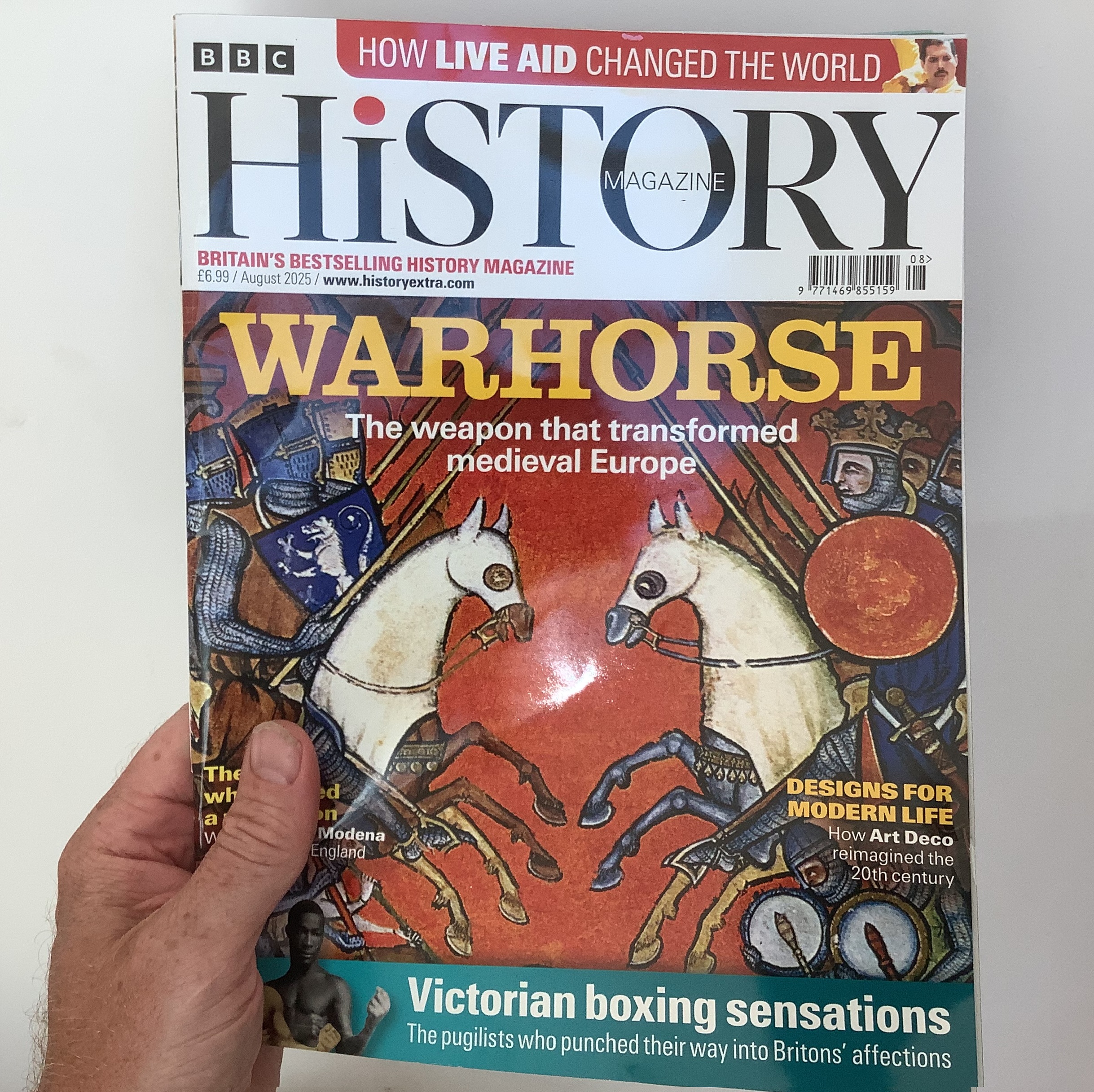

Copyright: Board of Trustees of The Royal Armouries
Our project also features in the August 2025 issue of BBC History Magazine, on sale now…

See our feature article in the latest issue of Current Archaeology:
https://archaeology.co.uk/issues/current-archaeology-422.htm
And we are on the cover:
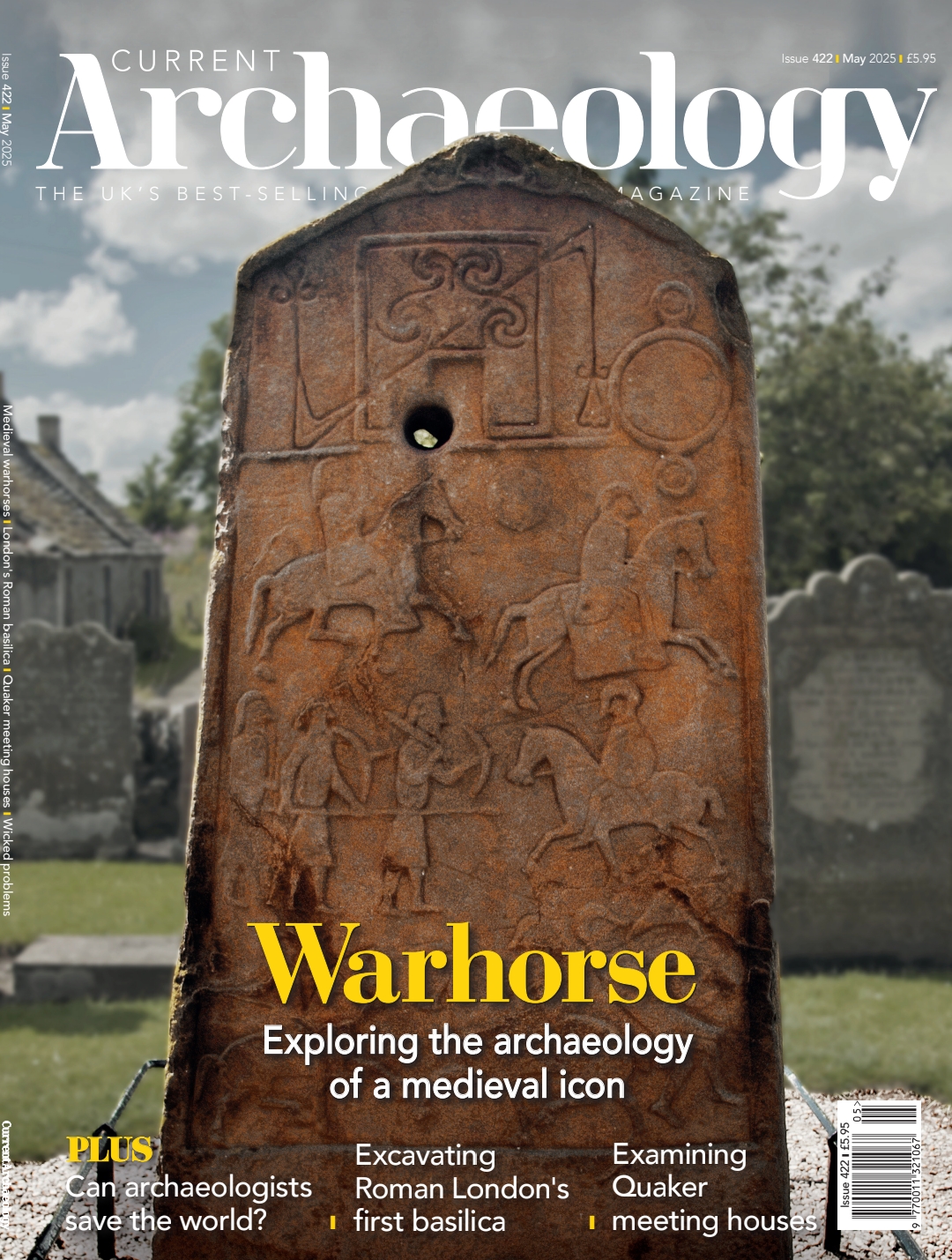
Many thanks to everybody who attended the Warhorse book launch, either in person or online! The team enjoyed getting together once again.
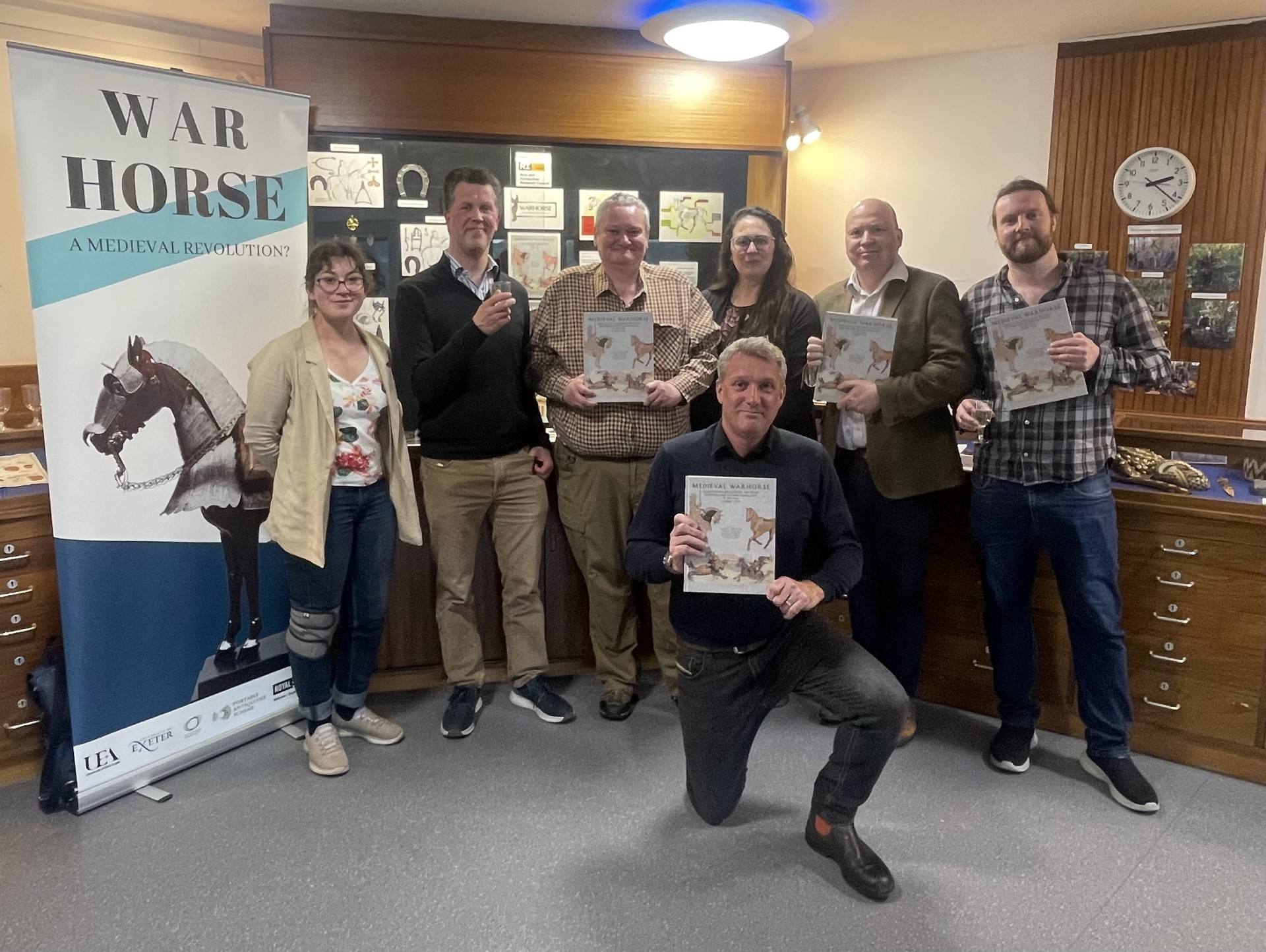
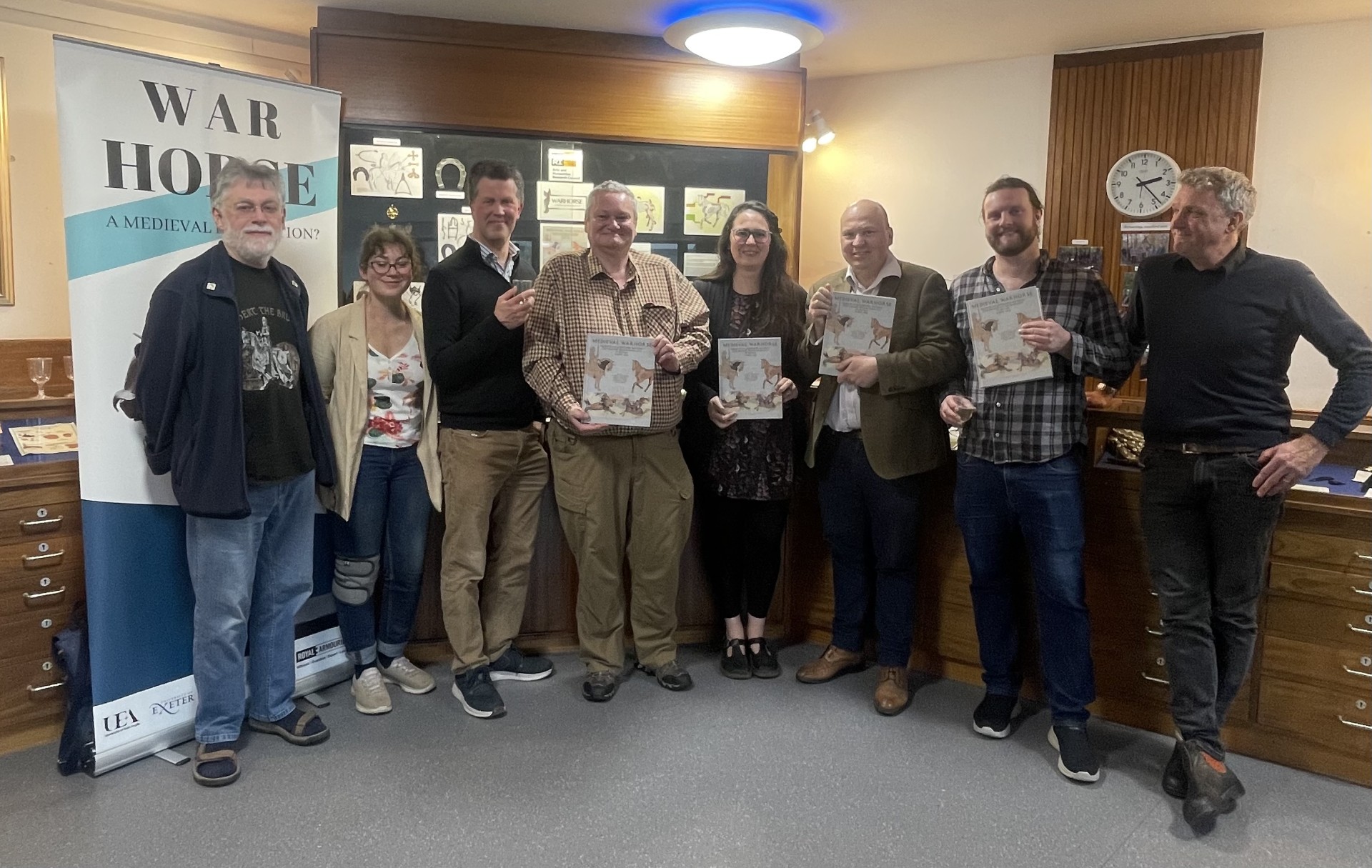
The Warhorse monograph now physically exists. Look forward to seeing folks at the launch (see post below).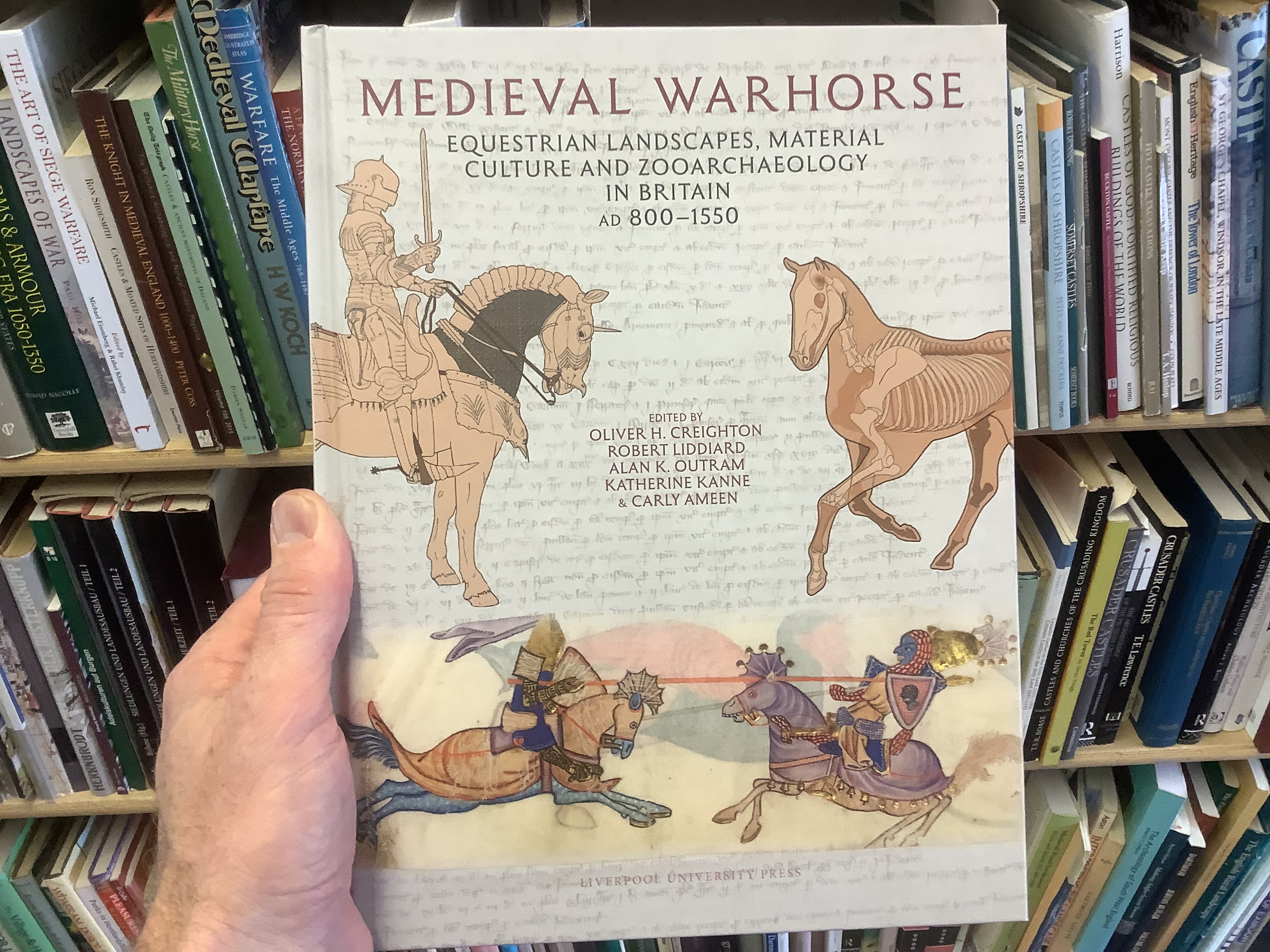
The Warhorse Project is holding a book launch seminar in the Exeter Archaeology Department, Laver LT3, 12:30pm on Thursday 27th. You can also join online…
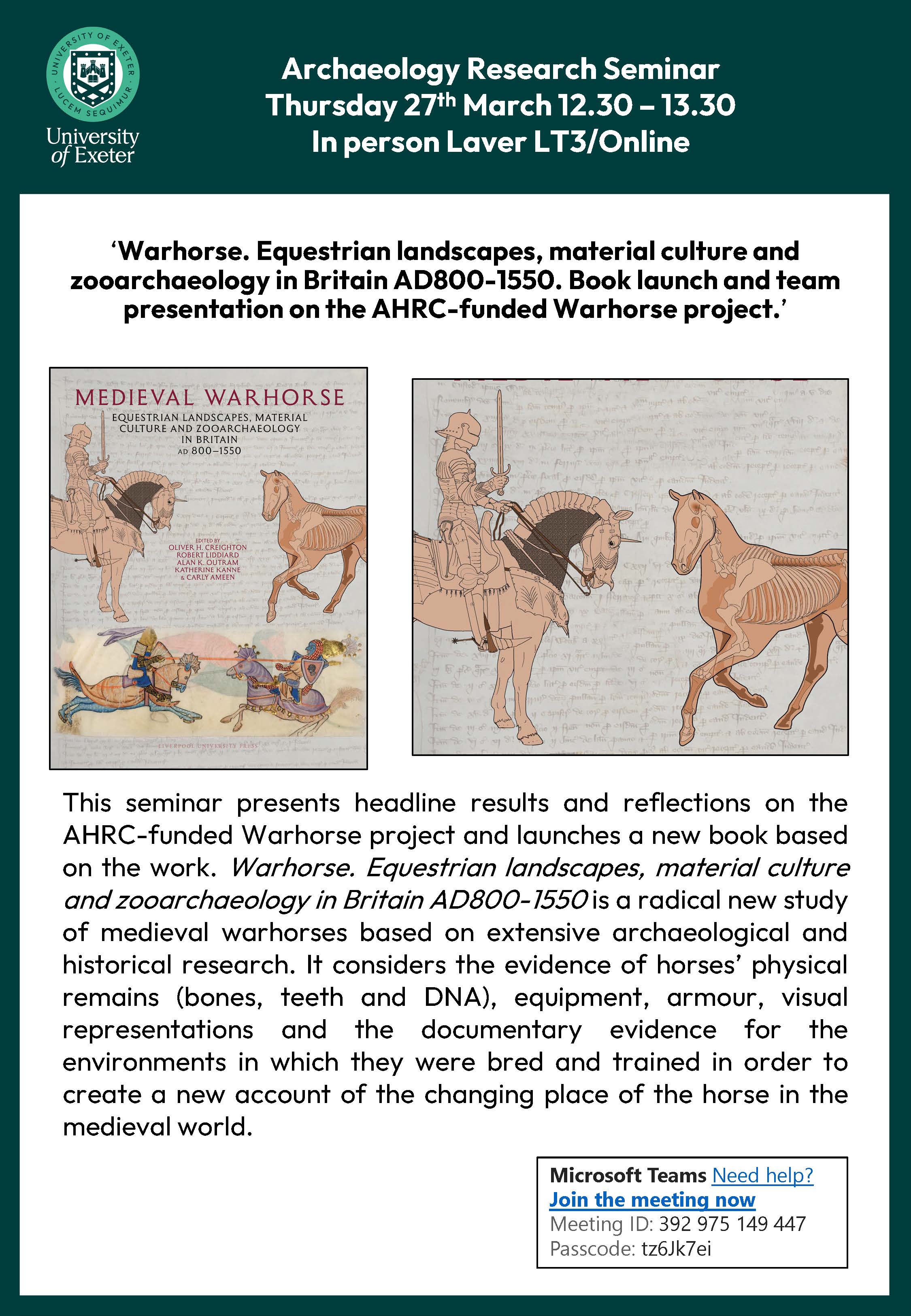
30% off RRP on our Warhorse book when placing advanced order on Liverpool University Press website using code: 27WARHORSE
https://www.liverpooluniversitypress.co.uk/doi/book/10.3828/9781836243359

We have put together a small exhibit about our research in the foyer of our department in Exeter (Laver Building). If in the area, by all means come and have a look!
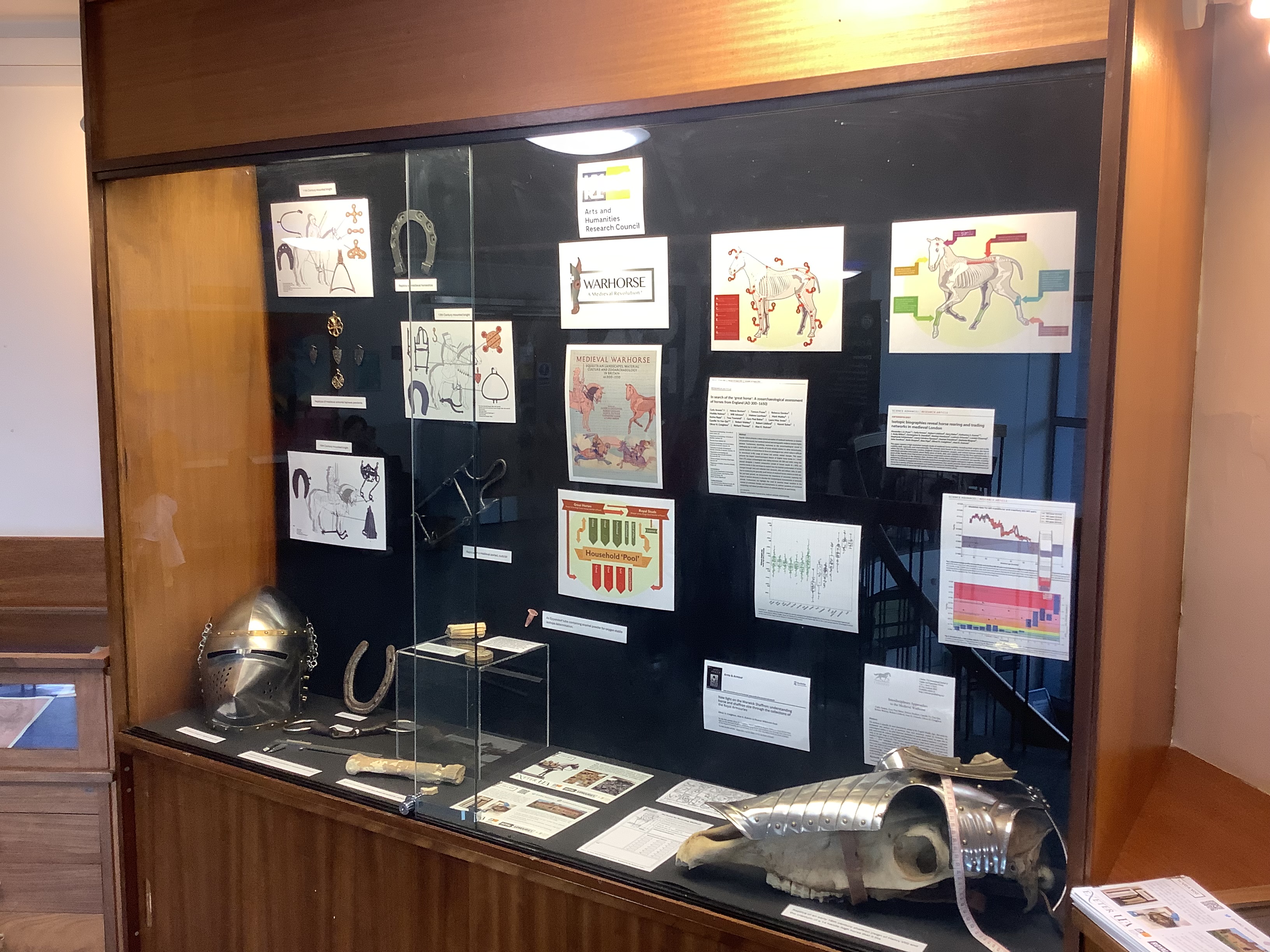
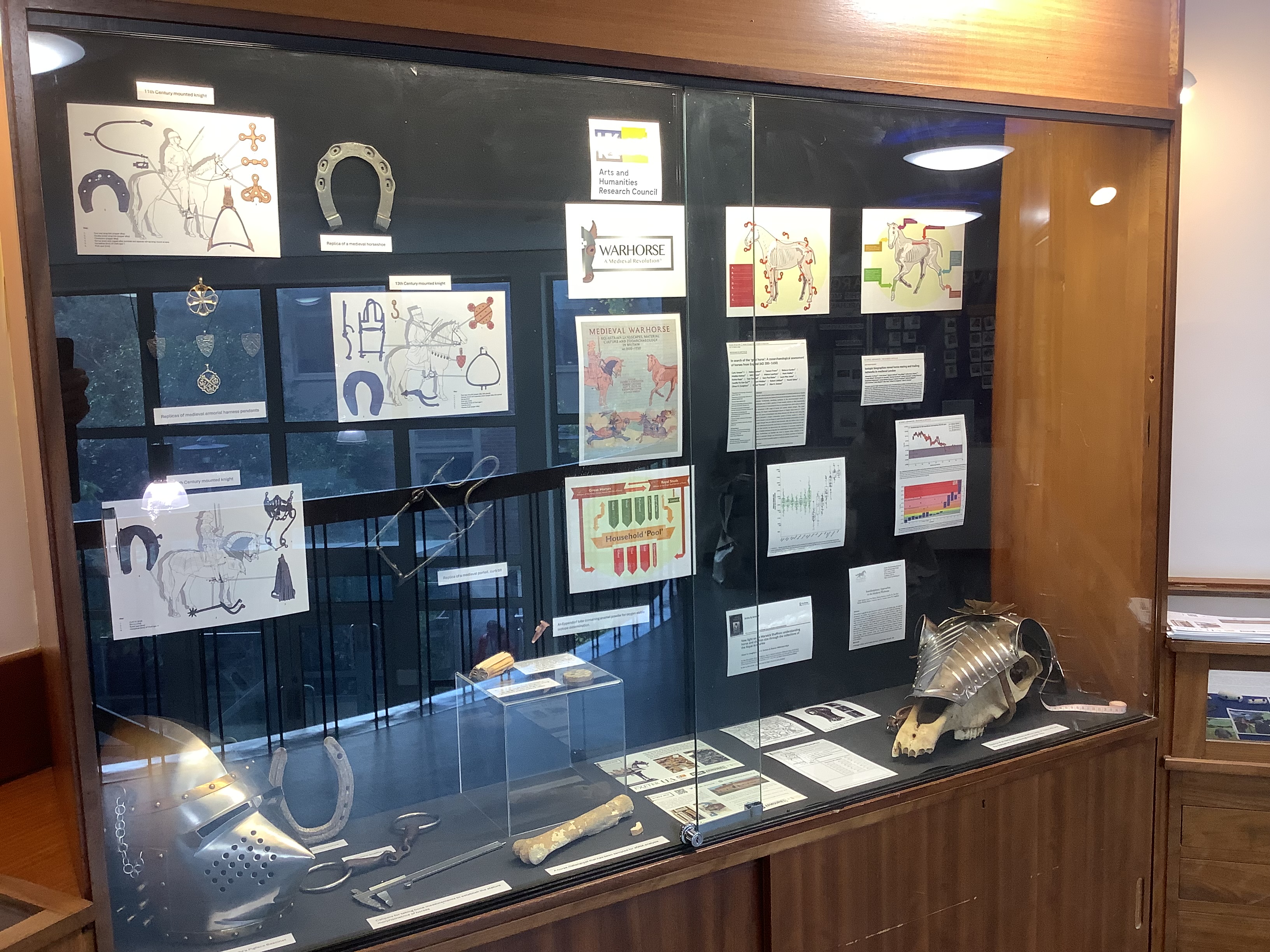
Our main project monograph, entitled “Medieval Warhorse: Equestrian Landscapes, Material Culture and Zooarchaeology in Britain AD 800-1550″, is now very much in press. It will be out in March 2025. It is already available for pre-order: https://www.liverpooluniversitypress.co.uk/doi/book/10.3828/9781836243359

Our latest project publication in the journal Science Advances is now available open access.
Using cutting-edge isotopic science, applied to the archaeological site of Elverton Street, Westminster, it reveals this Tudor-era horse cemetery as the resting place of elite imported animals. Click this link to access it.
Read the University of Exeter’s press release here.
We are delighted to announce our latest project publication, which you can read here.